The Royal Navy say that 45 Commando are the guinea pigs for a new initiative by the head of the US Marine Corps, General Robert B Neller, who is determined to better prepare his men for battle – by pitching them against their peers.
According to a press release:
“The US Marines send their units through the combat range at least once every two years, while all Royal Marines formations about to take on the mantel of Lead Commando Group – sent into action around the globe at immediate notice by the government when needed – pass through the training ground.
45 Commando are about to take on that role for the next two years and the Arbroath marines form the bulk of the Brits taking part in the six-week workout, Exercise Green Dagger. But they been joined by the gunners of 29 Commando Regiment Royal Artillery, Royal Engineers, Bravo Company from 40 Commando based near Taunton, and the Royal Marines’ Viking armoured vehicles from Chivenor in North Devon.
The US Marines have thrown two battalions, plus Harrier jets, Huey and Cobra battlefield helicopters and drones into the ‘battles’.
Artillery and mortars “dropped some lead” on the expansive ranges after first making use of hi-tech simulators; infantry moved through ‘kill houses’ to practise house-to-house/close quarters battle; commando and Army engineers carried out demolitions and breaches; Vikings carried mortar units into battle for live shoots to support troops attacking on the ground; and two five-day urban battles, with British search and attack dogs from the Royal Veterinary Corps, helping the commandos clear out houses.”
“The Brits had a lot of capabilities that were near peer,” said Lieutenant Jason Hunter, a 23-year-old USMC platoon leader.
“They used air power, indirect fire and vehicles well – it really was a difficult problem they posed for us.”


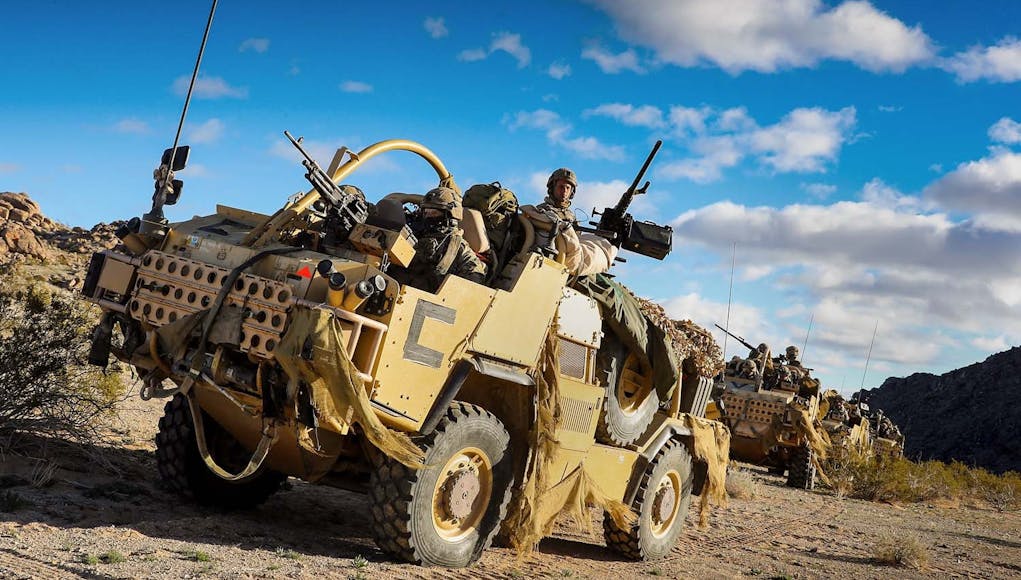



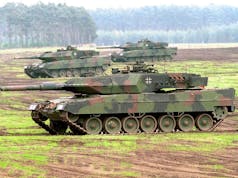

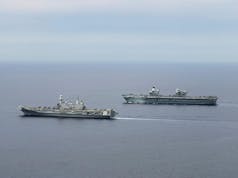


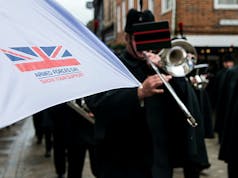
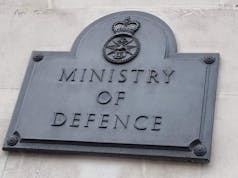

Near peer? So they walloped us then I guess
And rightly so… USMC is an expeditionary force that’s intended to support itself completely – USMC is not too dissimilar to the entire BEF I guess… Had we brought a tri-service strike brigade to bear… it may have been more than near peer! Who knows!! Good to see cross training and that we can still make use of these facilities… Live Fire training was becoming more and more scarce before I got out and that was some time ago!!
Reduction of training like this to save money are the cuts that don’t make headlines, but are the type that get lads killed.
No. We gave them the run around. Ran three HQ’s (one operational, one listening, one ‘moving’, used field phones instead of radios, and they struggled to find our centre of gravity.
It showed a couple of things. The RM is still the best infantry we deploy and we need to stop the slow dismemberment of it which we are starting to see now and instead invest and build on it as adjunct to our investment in the carriers. And two the RM need more kit. I know one of the criticism levelled against us ‘armchair’ generals and admirals is that we are only concerned about equipment but at the end of the day equipment is capability. Even simple things make a difference. One of my favourite examples is in the Falklands and how the Argenitnes field .50bmg in numbers kept us at bay in many engagements. Conscripts and a few NCO’s were able to halt infantry far superior to them. The other one from that ‘era’ was we didn’t field grenade launchers like everybody else did. We field both .50s and grenade launchers now. It seems we have to have the enemy demonstrate things to us before we think, ‘Wow why is everybody doing this and we aren’t…….’
Yes. And frequency hopping radios……layered ground based AAW systems…….
Yes. Training, quality, and motivation won out in the day. And the equipment fielded by our side was adequate for the time. But……
Apparently the RM actually installed 5km of copper cable telephones so the USMC could not track their communications and not find their HQ. Apparently it caused USMC major issues in first few days. This is the reason that this kind of training is vital. Develop unexpected tactics that we need when fighting major opponents.
And perhaps we shouldn’t overlook the value of the lesson we are teaching; that adversaries may use asymmetric and unconventional tactics against UK armed forces too.
A decade plus of IEDs serves to illustrate how poorly prepared UK and US armed forces were to defend against this asymmetric threat. The relatively recent and highly predictable use of inexpensive consumer drones by Daesh in Mosul suggests that too often the response is reactive rather than proactive.
Decade plus.Dont forget Op banner.
It’s been on a few sites now for a few days…….
Our ability to lay line has always been a huge winner yes I was that line corporal hated the job but we got it done and reaped the benefits against the odds when my unit was in 1st infantry brigade collecting it repacking and cleaning it was the biggest pain
Curious that they are operating Jackal.
I guess with the BRF?
They have been operating Jackals for a while.
Yes I’d noticed before Steve.
Who in the RM is what interests me.
They have replace Defenders WIMIKS so just used by the commando as needed be it recce or support or whoever. There isn’t a specialist light cavalry formation within the corps or 3Cdo specifically issued with them as far as I know.
Interesting.
When I have seen them I’d assumed they were in use by the Brigade Rec c Troop within 30 Commando. Didn’t think they were issued to 40 or 45 as needed.
Cheers.